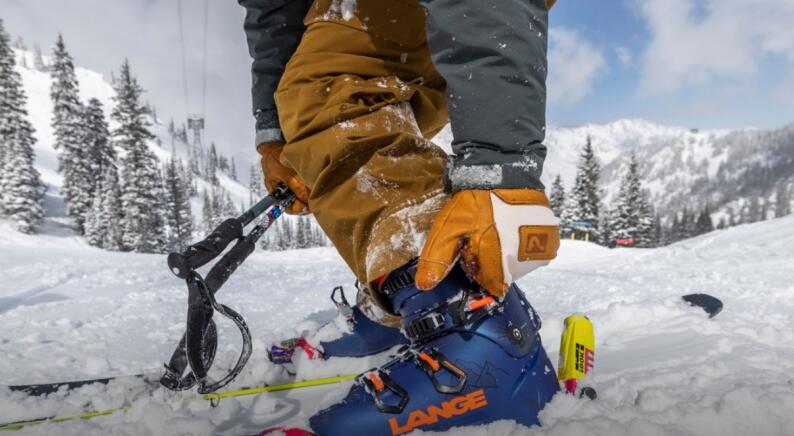One of the biggest complaints I hear when it comes to skiing is that of cold feet. It’s easy to put on more layers to keep your legs and torso warm, it’s easy to put on thicker gloves, and it’s easy to put on a face mask to keep your nose from freezing, but feet temperature can be a lot more difficult to manage when you’re dealing with ski boots. There’s a good chance plenty of our readers are already quite comfortable with temperature management on the slopes, but there’s also a good chance there’s a few of you who struggle with preventing your feet from going numb, and something like that can easily ruin a day on the slopes.
As a quick disclaimer, I’m not a boot fitting expert, I’m not a temperature management expert, and I’m certainly not a foot scientist (doctor? Idk man). My first tip to anyone struggling with anything ski related will always be to go visit your local ski tech/retailer and ask them. In this case, find a boot fitter, they’ll know a ton more about your feet and boots than I ever will. But, if you’re just looking for some general tips, you’ve come to the right place.
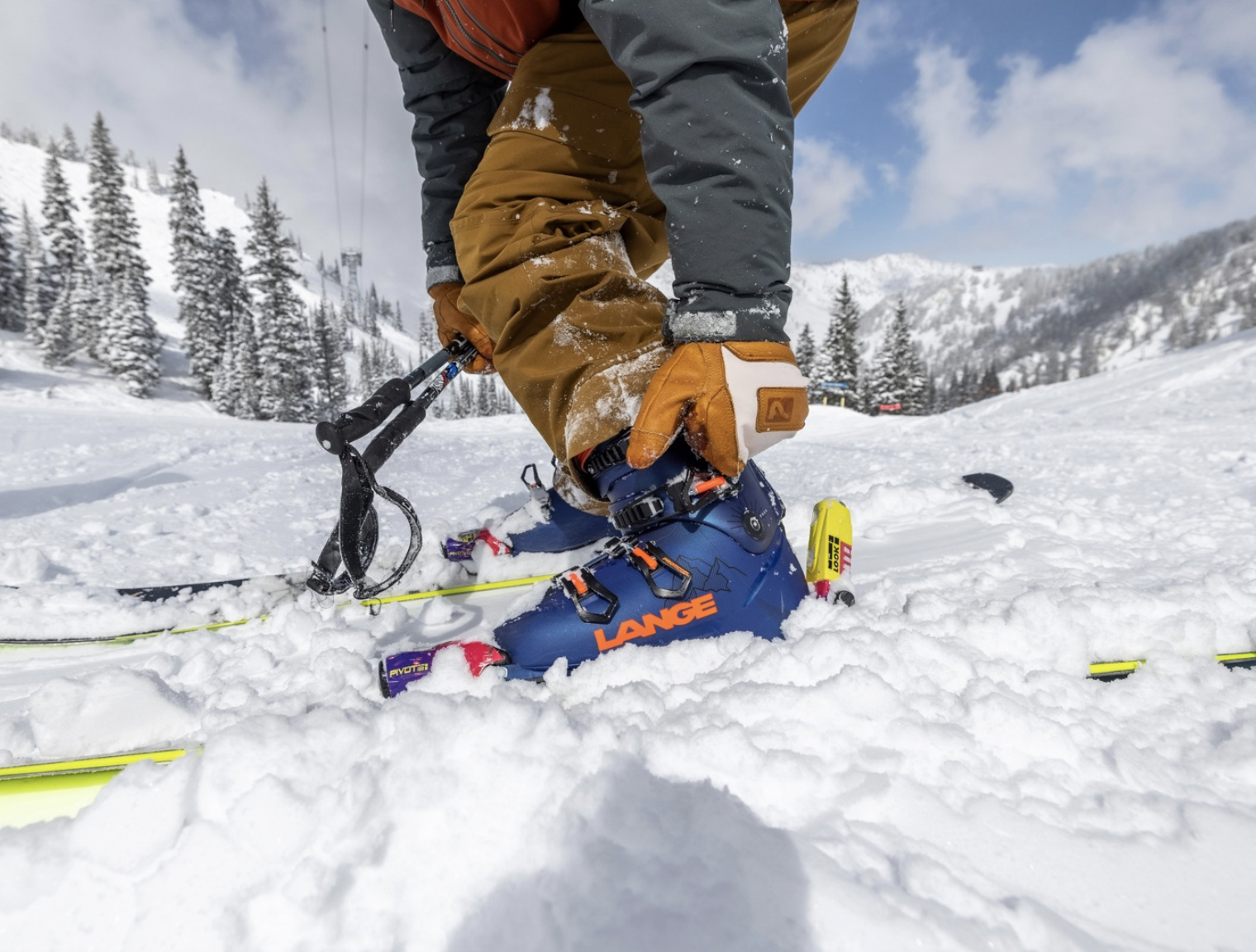
Credit: FACEBOOK/Lange
Visit A Boot Fitter. Yes, I already said this in my little disclaimer, but there’s more to it that I want to mention. If your boots don’t fit properly, they could be restricting blood circulation through your feet, making them a lot colder than they would be in regular shoes. If your boots weren’t fitted to your feet when you bought them, it’s worth it to stop by your local ski shop to A) ensure they fit properly, B) get them molded to your feet in some way if possible, and/or C) start thinking about better boots, if you really screwed up in the purchasing process.
Think About Your Socks. It’s easy to assume that thicker socks or doubling up on socks will keep your feet warm. With ski boots, that’s almost never the case. Similar to if your boots don’t fit, more sock material will usually lead to a restriction in blood circulation. Ski specific socks will usually be thinner, support your feet better, and be made of the right material, so definitely look into a pair of those, if you don’t have a pair already. Also, never, and I mean never, wear cotton socks while skiing. If you’re looking for a more detailing purchasing guide for socks, head over to this evo guide, they do a pretty darn good job with it.
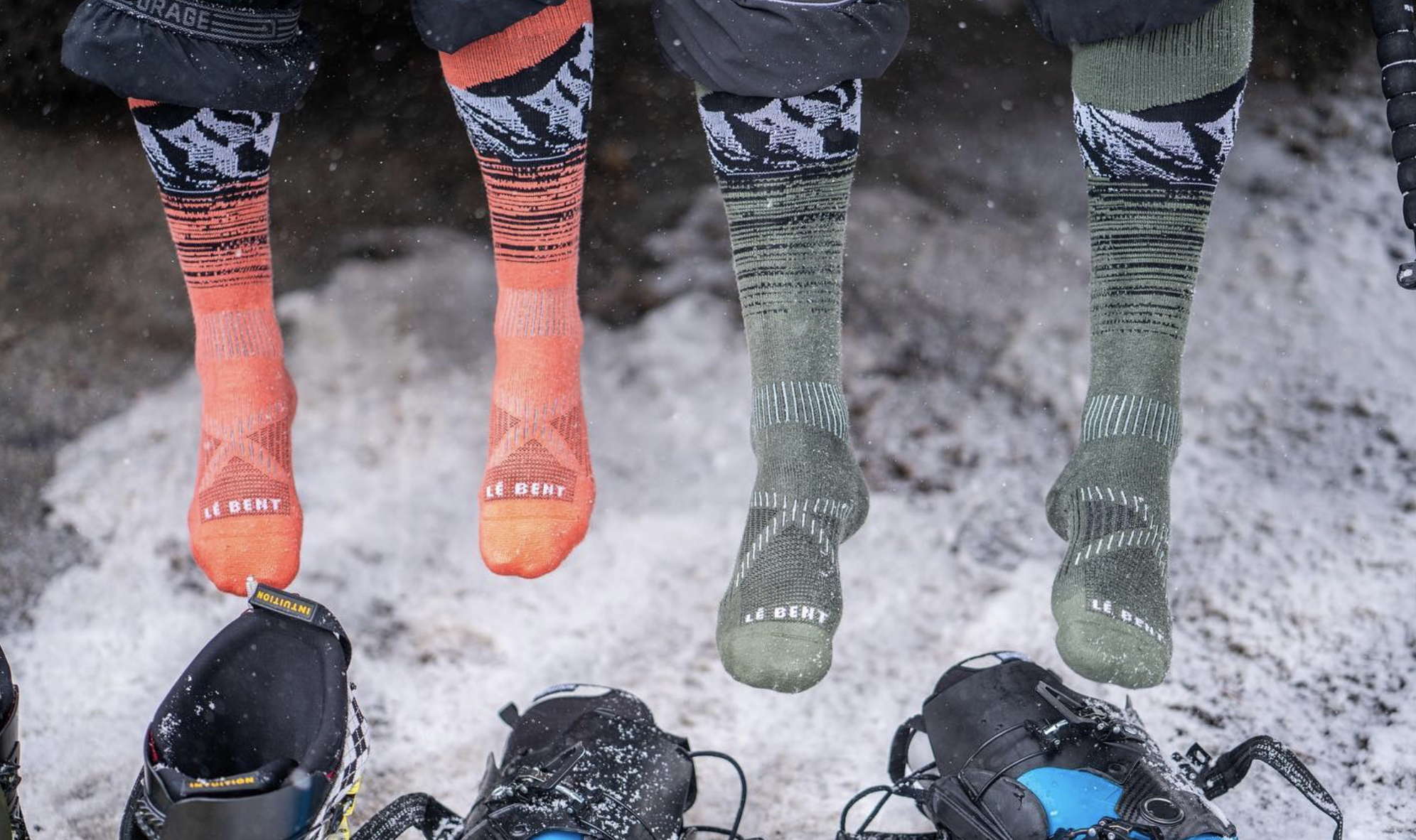
Credit: FACEBOOK/Le Bent
Make Sure Your Boots Are Dry Before Putting Them On. This one seems fairly obvious. Wet boots means cold feet, just like any other shoe. Making sure your boots are dry can be difficult when you’re skiing day after day, but there are still ways. Definitely make sure they’re somewhere warm and dry after skiing. Don’t keep them outside in the cold. If they are wet, take out the liners and place them next to a radiator or other heat source (not too close, don’t want any burning or melting), or, if you can, use a boot dryer. Some ski hotels might have boot dryers available. If you’re willing to spend a little bit of cash, there are portable ski boot dryers available online for under $100 (I have, personally, never used a ski boot dryer, so I can’t say for sure that they work well, but I have heard from others that they do a decent job. Make sure to read the reviews on whichever one you’re thinking of purchasing so you know it works well).
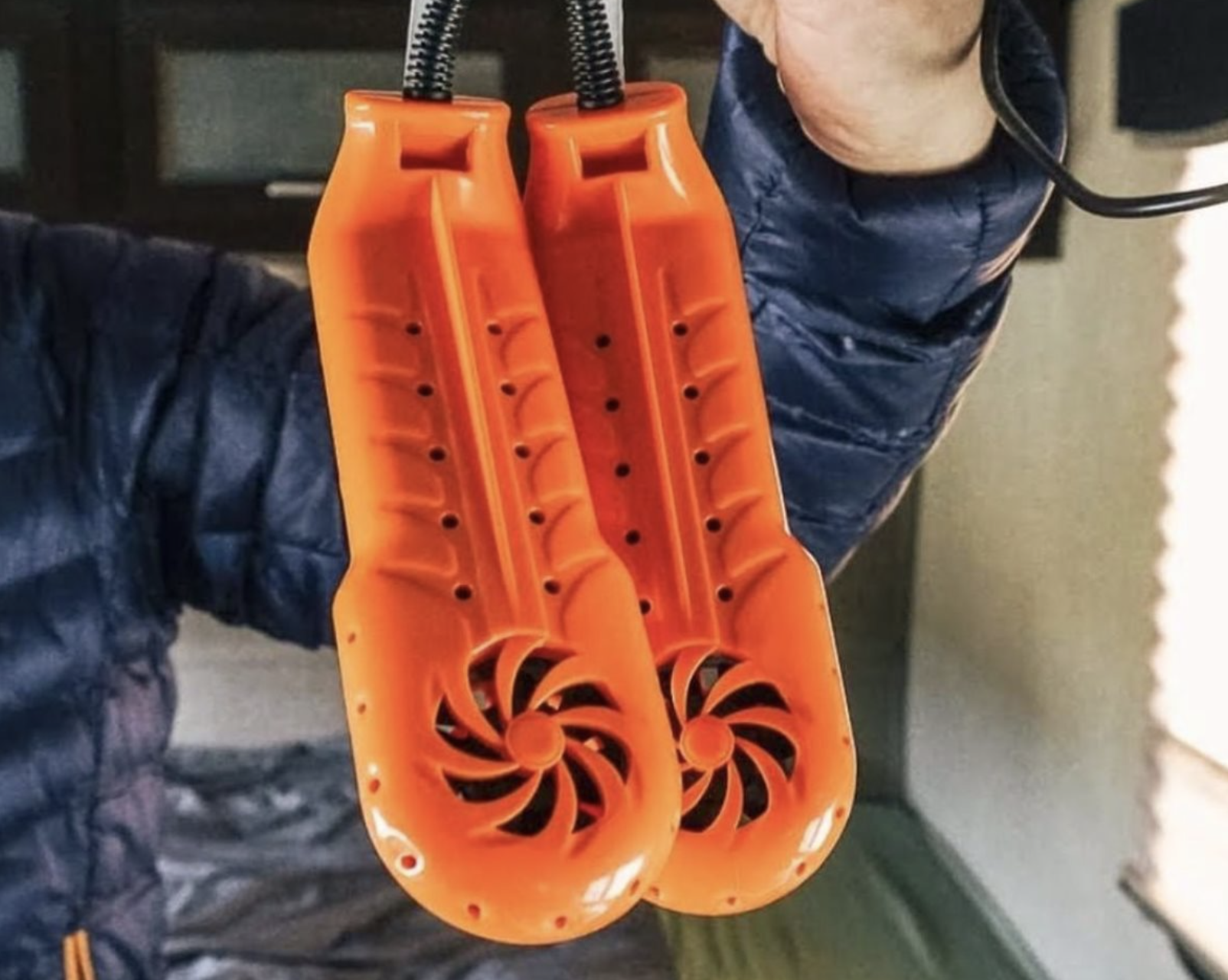
Credit: FACEBOOK/Dry Guy
Consider A Ski Boot Warmer. This one can be tricky. If you decide you want to try them out, you definitely want to make sure they’ll fit in your boots without restricting your blood flow in any way. Even if they provide a good source of heat, a lack of blood flow will do more damage than the warmers will do good. I never recommend people use those disposable toe warmers while skiing, as they definitely tend to just restrict more than warm (and that’s just more stuff in the trash, which we don’t like). I’ve known people to use those Hotronic foot bed foot warmers in the past, and they’ve liked them, but I’m not sure how well those would work if you already have custom foot beds (which you should, definitely a life changing purchase). There are also heated ski socks, which could be an option, again assuming they don’t restrict blood flow in any way. There are also ski boot covers, like these DryGuy ones, which help to keep your feet dry and warm. If any gear should be your first to try out, I would say it’s these. They look goofy, sure, but from what I understand, they work quite well.
Hopefully your cold-feet cure is located somewhere in those four tips, but, again, make sure to visit a true expert if you’re struggling. Don’t come to me angry if you try all of these and they don’t work!
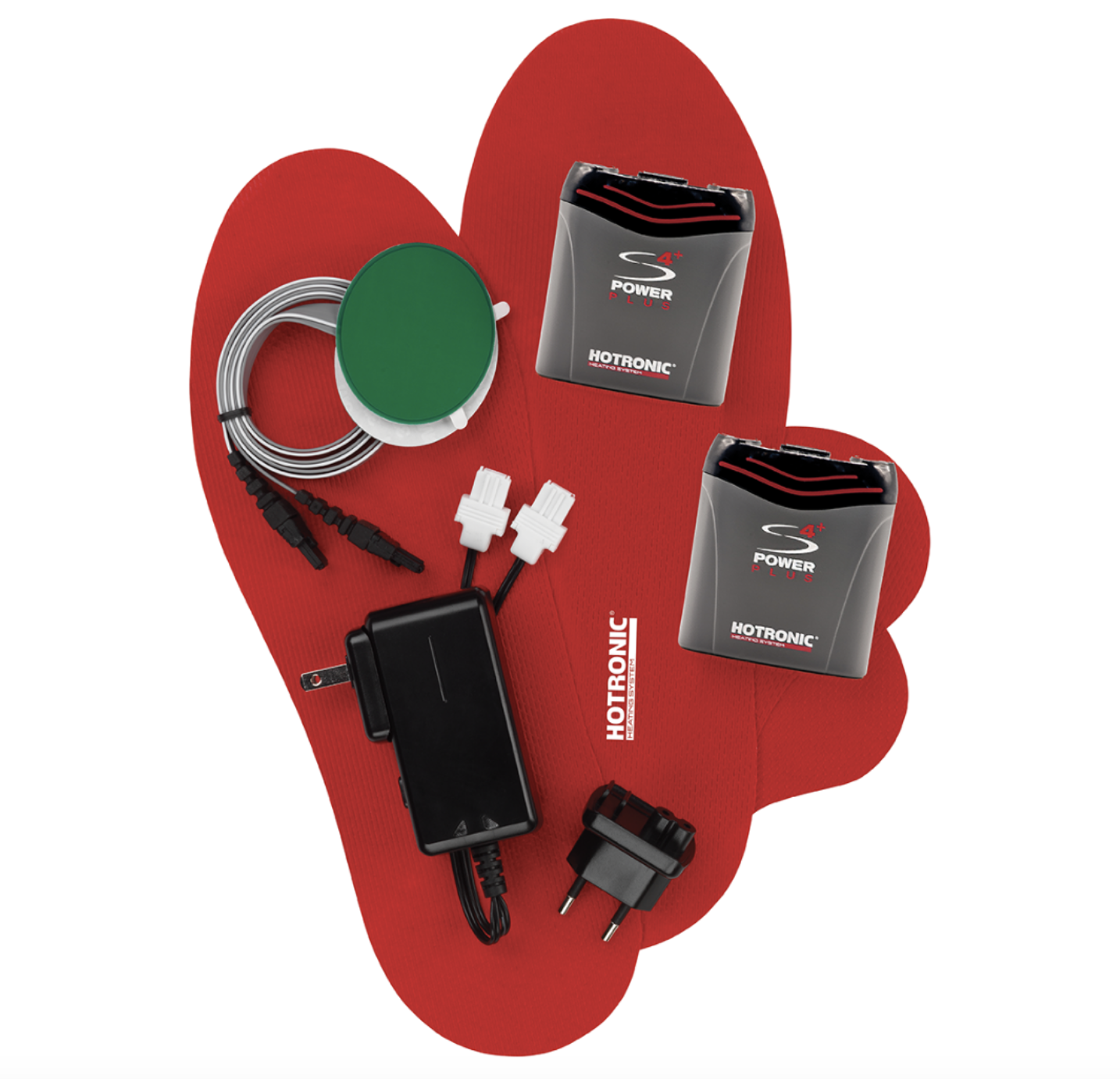
Credit: FACEBOOK/Bootdoc Hotronic North America
